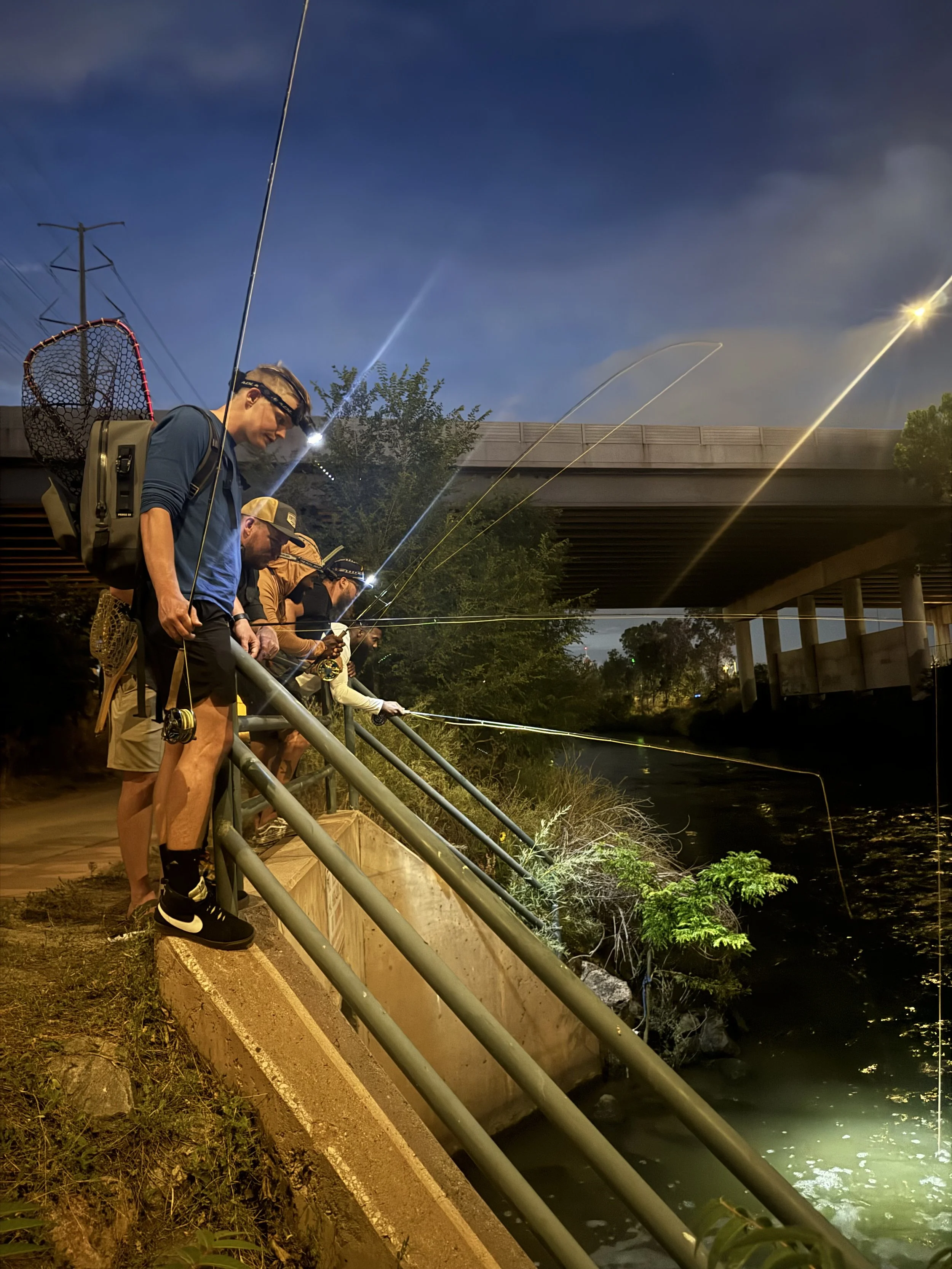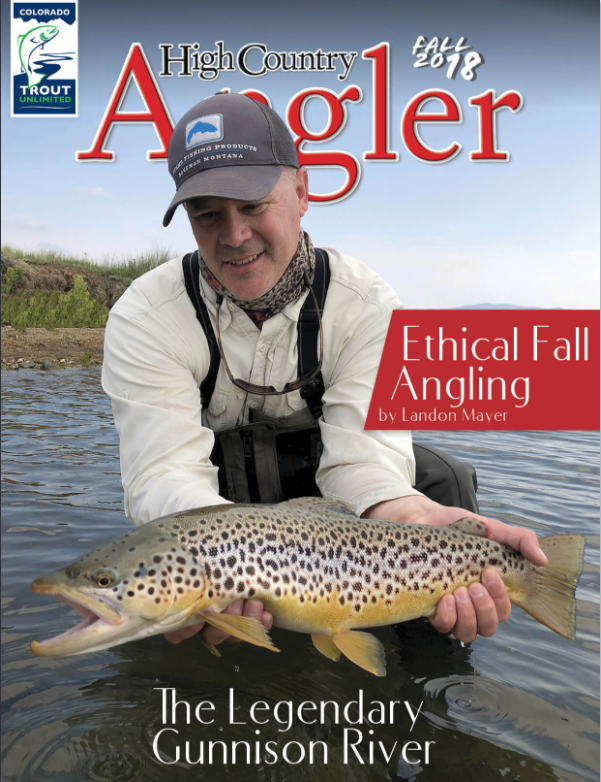Sequoia National Park, California
Guest blog by Catherine Belme
When I moved into my @vanforpublicland and drove off on the open road last fall, it was to fuel my soul and better connect with and get to know the land I call home. It’s so much more than that though. I have the deepest, most passionate feelings for this land, for the rivers and plants and animals that inhabit it with us. We are creatures of the wild, somewhere along the lines domesticating ourselves a little too much, in my opinion. I strongly believe all of us have a primal connection to the outdoors, the wild. Some of us just may never have had the chance to explore that yet, and others may have forgotten or suppressed it while caught up in modern life. I want to change that.
Kings Canyon National Park, California
I strongly, strongly believe that interacting with nature heals the body and soul, grounds us, helps us understand life and get a grip on what actually matters and why, gives us fuel and a deep sense of fulfillment. I want to share the feelings I get when in the outdoors with as many as possible. For these feelings – they’re the first step in developing a lasting relationship. The way I see it, there’s something in the outdoors for everyone, and once found it leads to an appreciation for and love of the environment. Once that foundation is laid, people begin feeling passionate about the wild spaces in their lives, and with that comes a reason to protect these places. Our public lands are threatened every day, not just by humans mistreating them but also by our government and special interest groups. Now, more than ever, there is no guarantee these last wild places will remain protected for future generations to enjoy.
Monahans Sand Hills State Park
Bears Ears National Monument
Monahans Sand Hills State Park
“ I set out on the road to see as much of our nation’s public lands as possible, with the intent of sharing their largely unrealized beauty and power with others, and to meet with and share the stories of as many folks in the outdoors as I can.”
Arches National Park, Utah
My hope is that through sharing these stories, others will find someone they can relate to and thus be inspired to engage in the outdoor world. Over time, they’ll get the same wonderful feelings as the rest of the outdoorsy community, feel empowered, and find a reason to protect these spaces. Then, in my wildest fantasy, everyone will fight for conservation and know how to responsibly interact with nature. From exposure to experience to connection to conservation, bam! We all will be out there taking a stand for public land.
Along my journey I have met some of the most interesting and kind people, and witnessed first hand so much lost culture and raw natural beauty. My first stop was to link up with a couple who live on the road with their pup and have fallen in love with Bears Ears National Monument and the surrounding areas. I’ve driven through Utah on trips between Colorado and southern California several times before, but never even realized how much public land is there, and how amazing the topography and rich history of these places is! We drove around the land within the old Bears Ears border, stopping to look at Native American artifacts, kivas, and petroglyphs. The area is sacred to several tribes, and incredibly rich in cultural history. (In case you aren’t aware – last December President Trump announced a reduction in size of Bears Ears National Monument by a staggering 85%; a real blow to The Antiquities Act, outdoor enthusiasts, and especially to Native peoples, to say the least.)

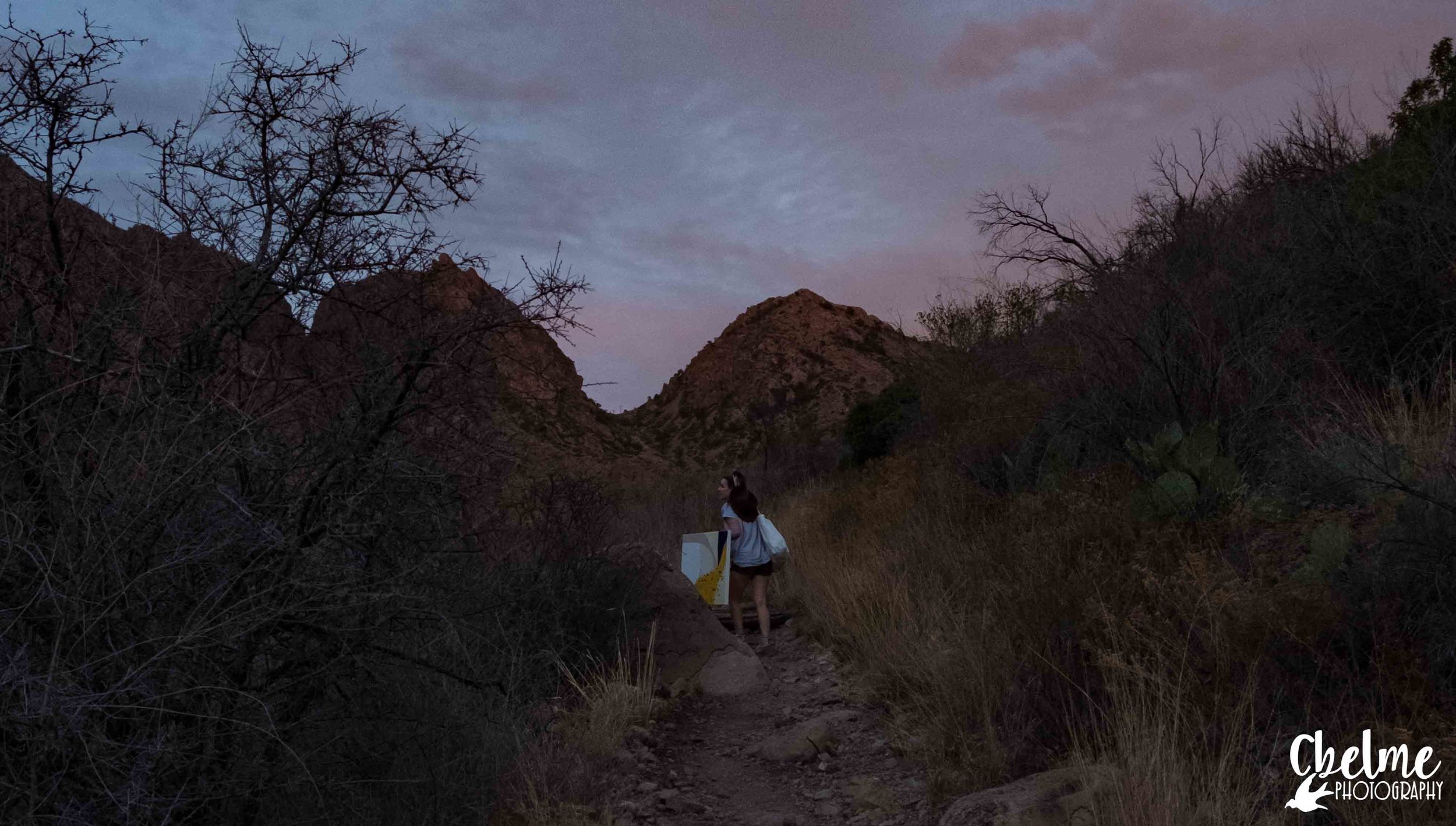
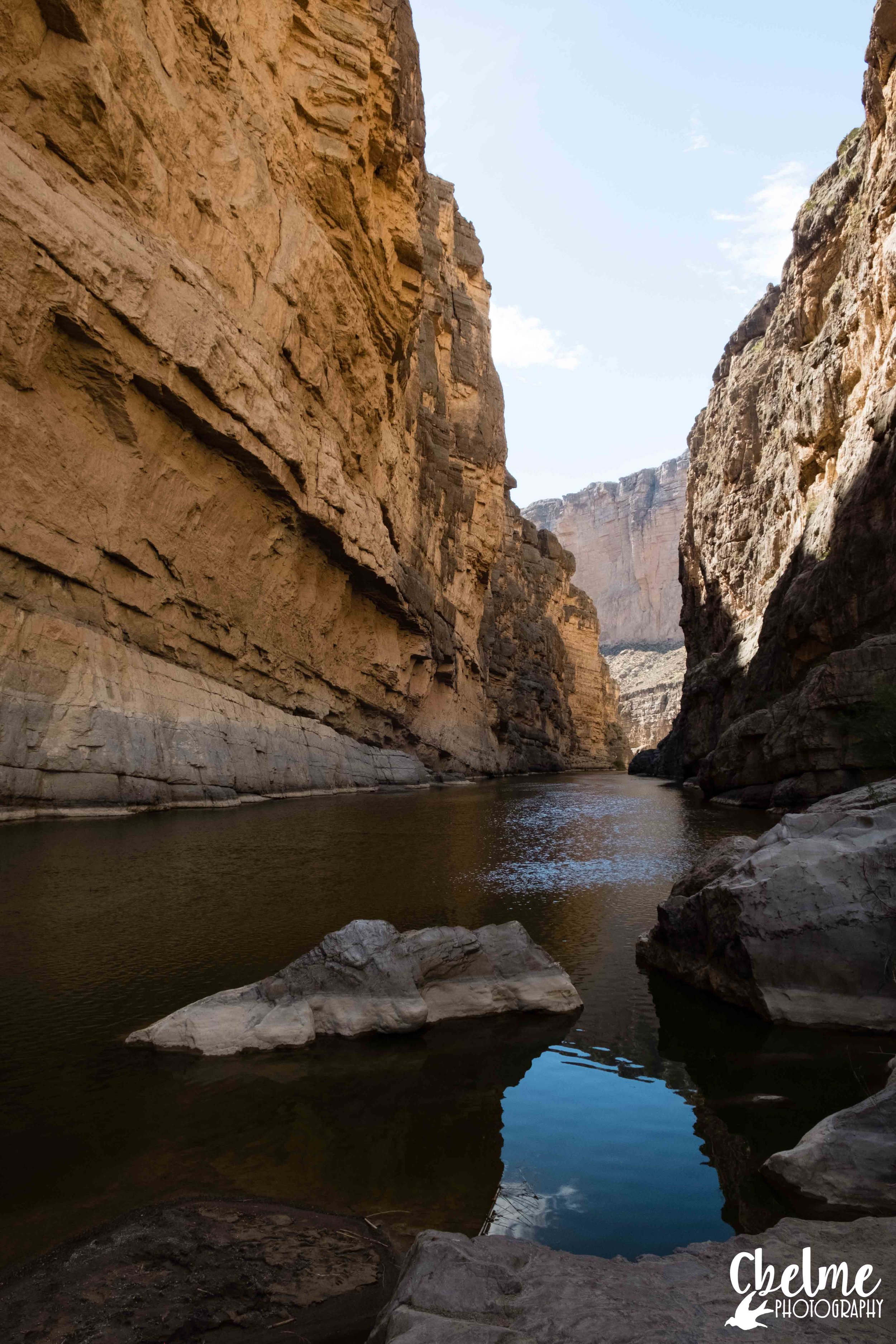

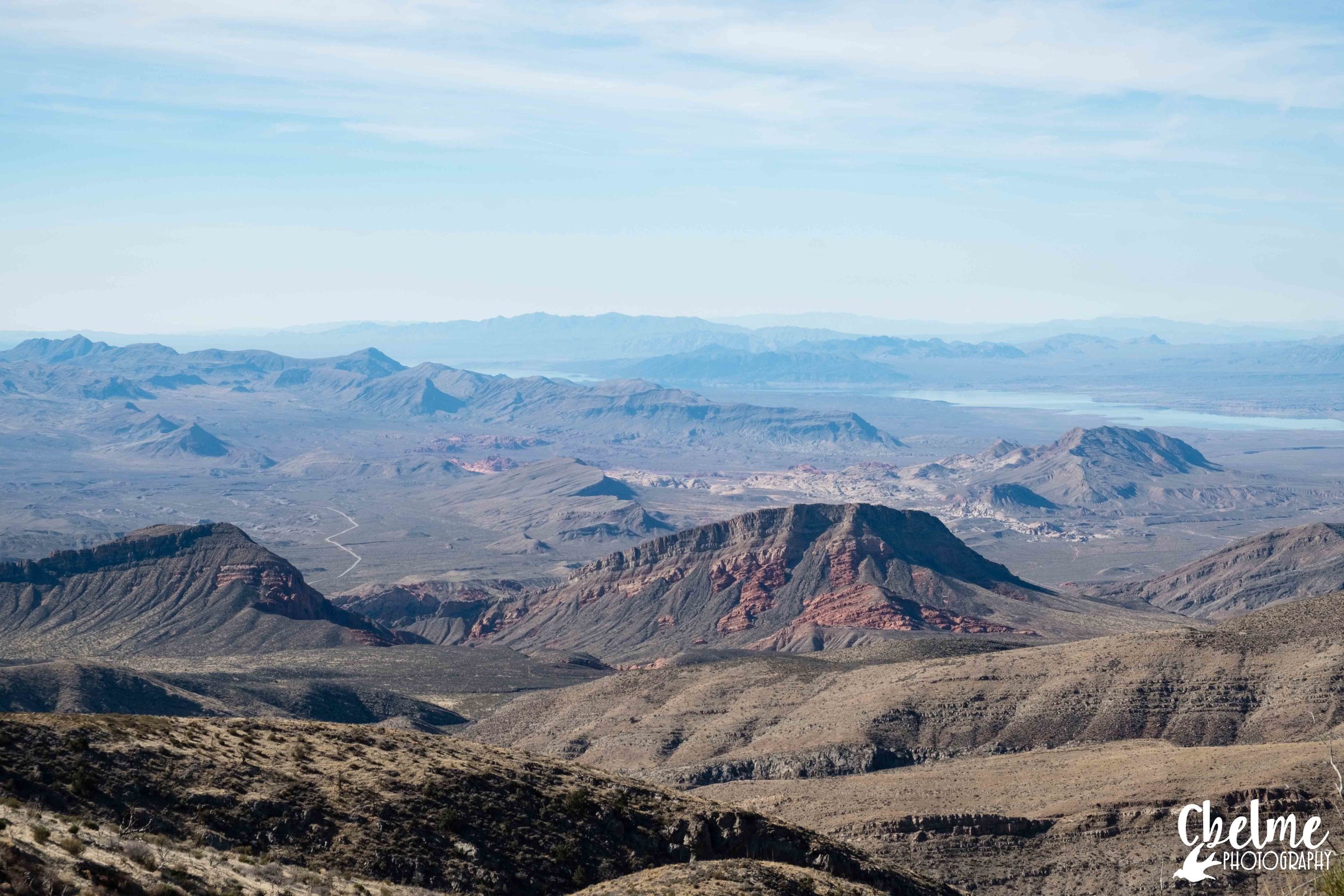
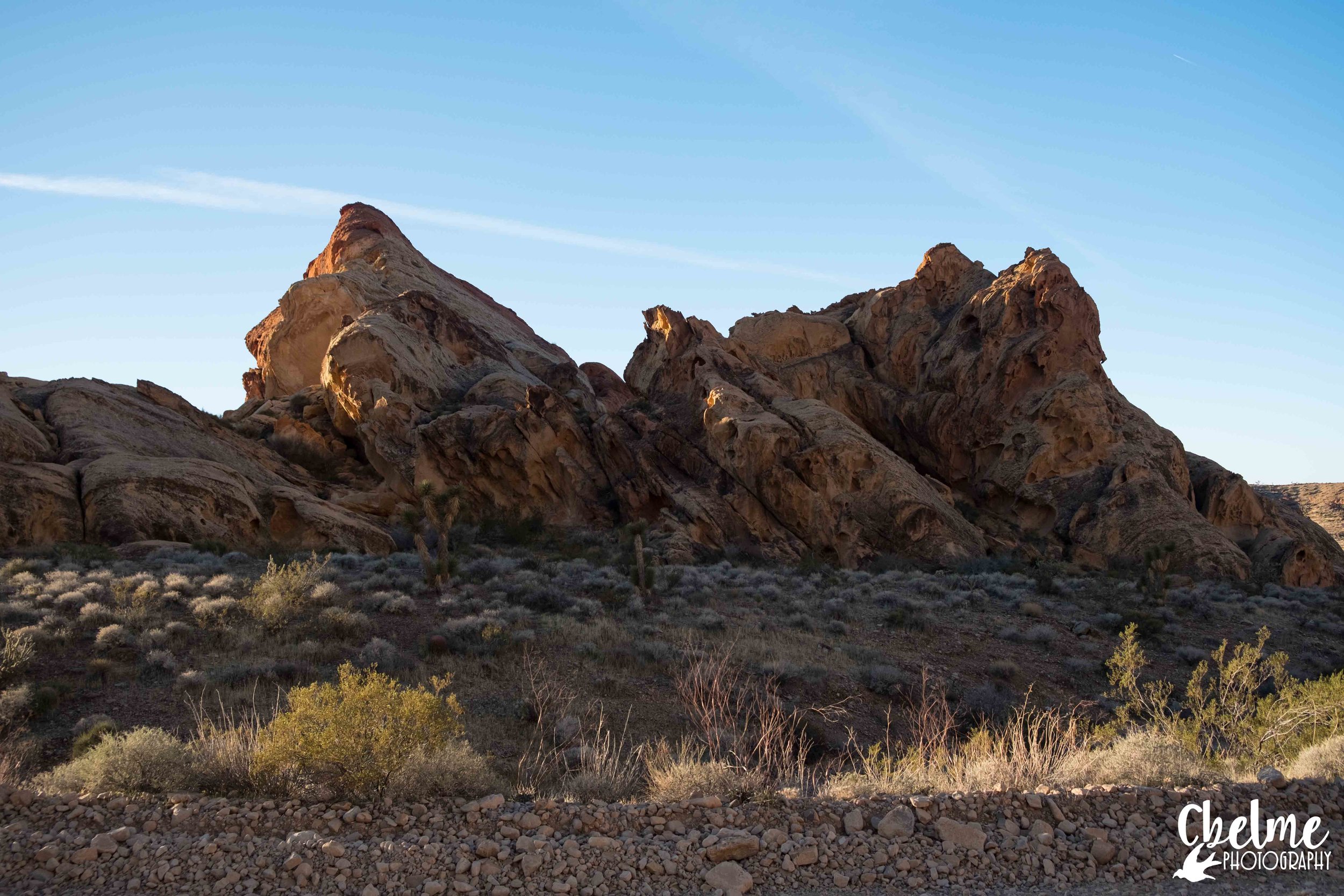

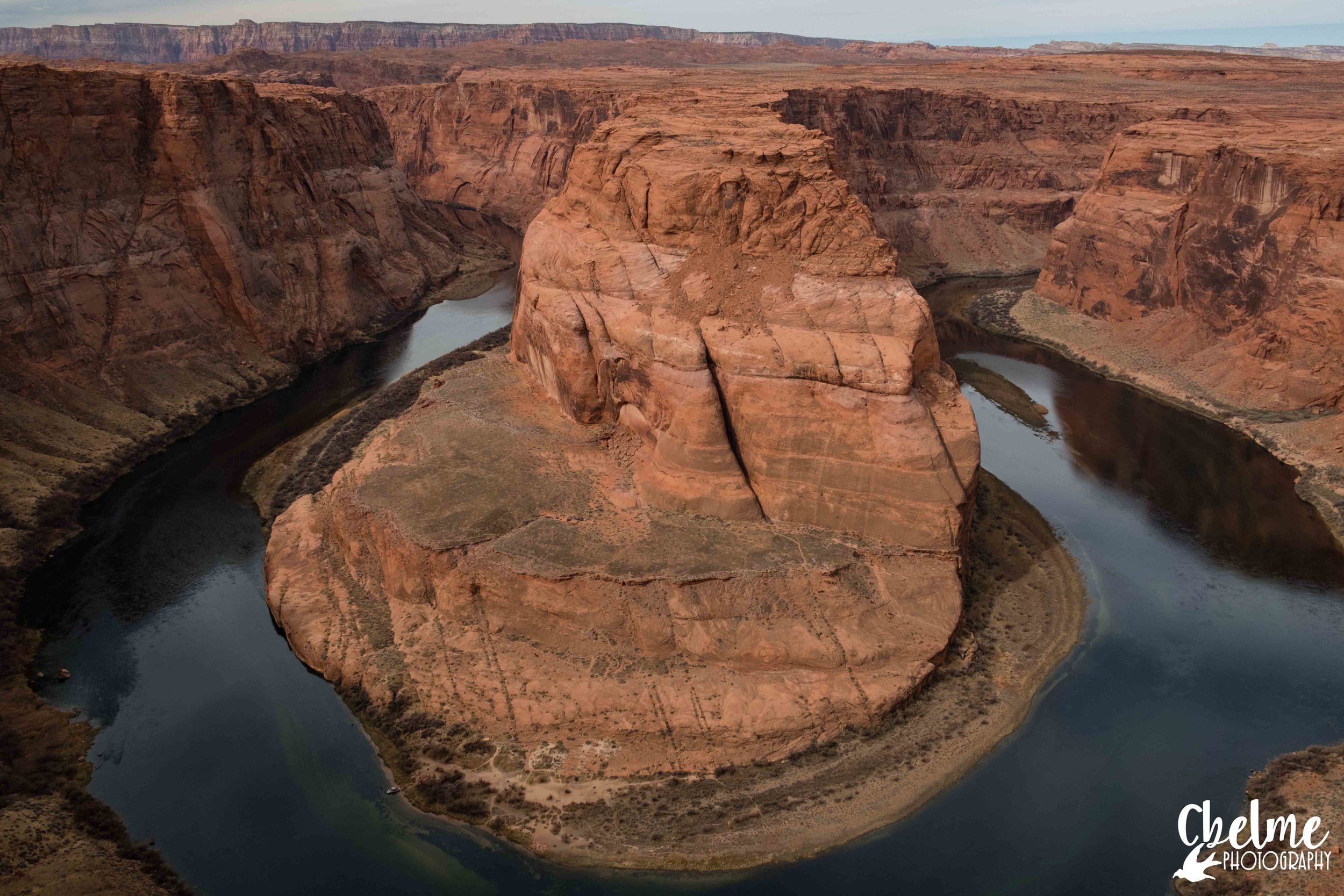
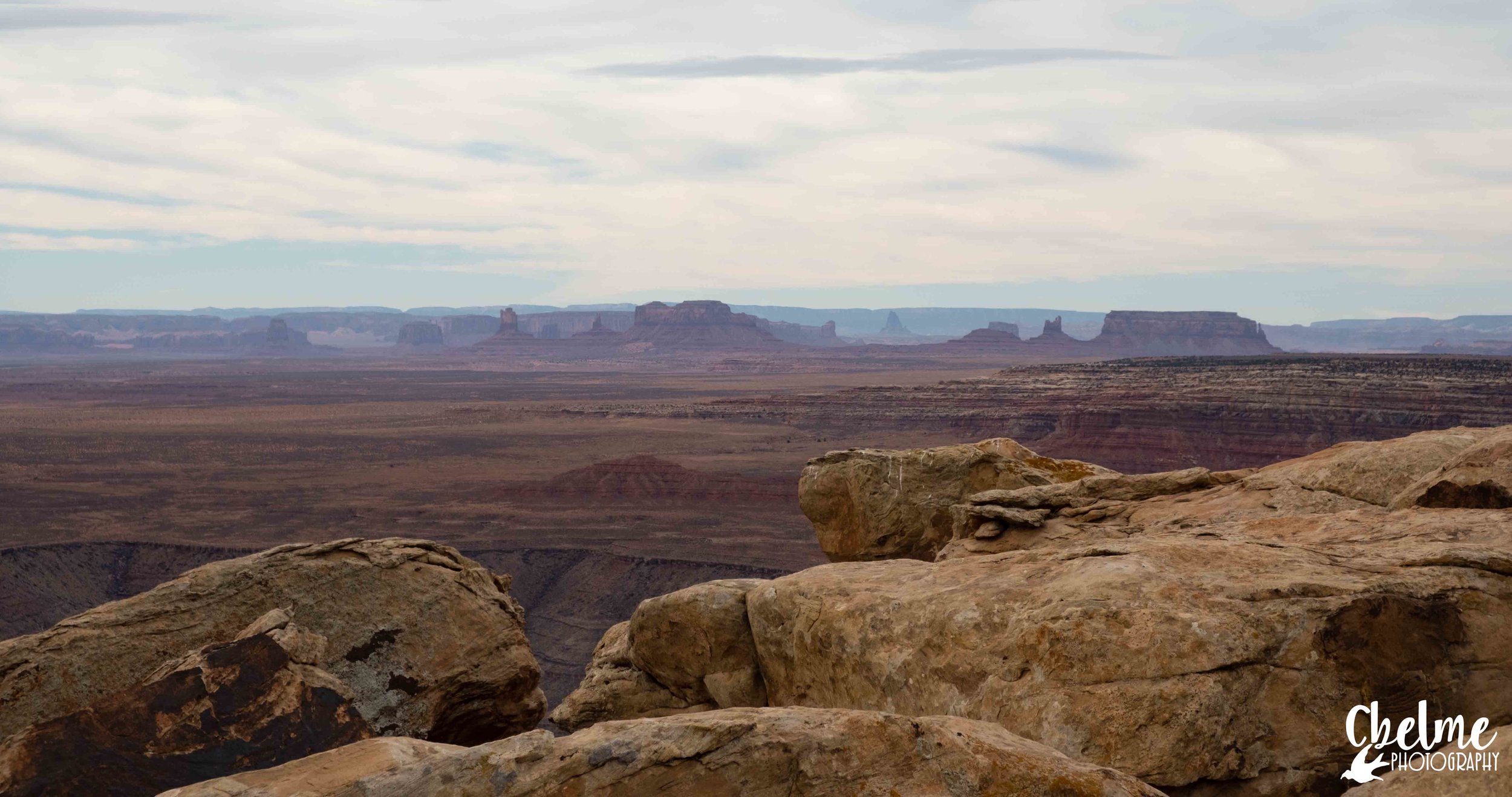
I have really fallen for southern and eastern Utah from my travels, though! Cyanobacteria, lichens, and mosses form a crust over the earth called cryptobiotic soil – it’s very alive and very fragile so you must be careful not to tread on it, but it is so interesting to look at and unlike any other soil I’ve ever seen. The ground is red, and at first glance may seem barren, but when looking deeper you’ll find that’s not the case at all. Buttes, canyons, rivers, and dry creek beds make for a drastic landscape. At dusk and dawn the air is alive with the sounds of coyotes on the hunt. Skies are full of stars and, out there, a full moon lights up the landscape better than any flashlight could. Some of my favorite spots are the Bears Ears area, Glen Canyon National Recreation Area, Monument Valley, and the area surrounding Moab.
“At dusk and dawn the air is alive with the sounds of coyotes on the hunt. Skies are full of stars and, out there, a full moon lights up the landscape better than any flashlight could.”
White Sands National Monument, New Mexico
My absolute favorite spots in terms of raw beauty that I have traveled so far have been sand dunes. There’s just something about an endless stretch of hills of sand at sunset that makes all the grains getting in my clothes, food, and all over the van totally worth it. White Sands National Monument is in southern New Mexico and is known for it’s sprawling dunes of, you guessed it, white sand. It almost looks like snow at times, and makes for incredibly high likelihood of getting a sunburn. Bring the kids for a sledding trip, or get to the visitors’ center early and reserve a backpacking campsite. My partner met me in El Paso and we spent a day and night at the dunes, I can assure you that sunset is nothing short of magical. My other favorites dunes were at Monahans Sandhills State Park in Texas. The state park is a bit smaller, but they have a good amount of campsites that you can drive right up to, as well as a day-use area. Unfortunately, someone discovered that the area is great for fracking, so there are a ton of extraction sites going up all around the park and some are visible from the sandhills. Definitely still worth a visit though!
Big Bend National Park, Texas
Down in Texas I visited Big Bend National Park. Big Bend lies on the Rio Grande, at the border of Texas and Mexico. Across the border the land is preserved by two national parks as well, so add that to the fact that Big Bend is way off the beaten path, and it makes for an extremely well conserved area. Big Bend is where I learned about riparian areas – it’s the native plants and trees surrounding a waterway to help stabilize the banks, shade the water to keep it cool, and filter the soil, to put it briefly. The park may as well be three parks in one, actually. The eastern part is right on the Rio Grande and has a lush riparian zone as well as natural hot springs and a slot canyon. The central area is the Chisos Basin and Chisos Mountains – where you may encounter bears while hiking the mountainside or javelina at your campsite. The mountains are beautiful and have trails leading along the ridge of the canyon, where you can see the Rio Grande below. I met a kind artist from Austin and camped with her in the Chisos, photographing her painting process and chatting all evening long. To the western side is Santa Elena Canyon and a few desert hikes. I saw several kayakers here as well, and I believe you can even float the river from that area. Beyond that is a dirt road that it seems not too many drive down, which is a shame. The views are spectacular and it is rich with historical sites as well. While exploring the west side I met an older gentleman named Terry who has lived out of his little sedan for a few years and camps at National Parks every night. He was delightful to talk to and I cannot wait to get ahold of him again for a feature in my project. I can only hope my retirement is half as adventure filled as his. I also befriended a family with a few daughters who was finishing up a spring break road trip. The parents were amped to meet a woman traveling solo and enjoying the outdoors, as they have intentionally raised their daughters in the outdoors and taught them to be daring and self sufficient. I thought that was so neat, and I am so excited for those girls to grow up and keep up their passion for nature.

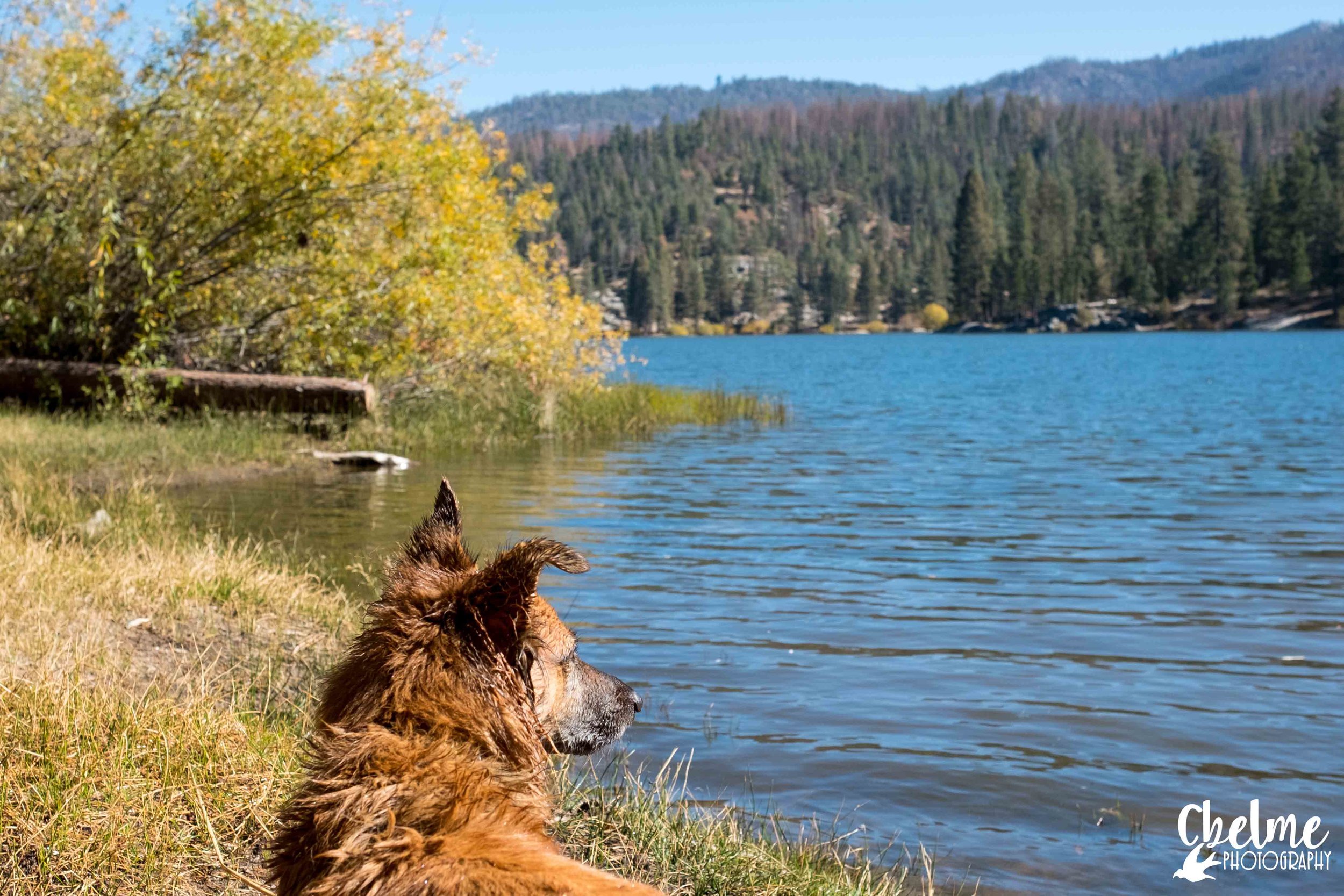
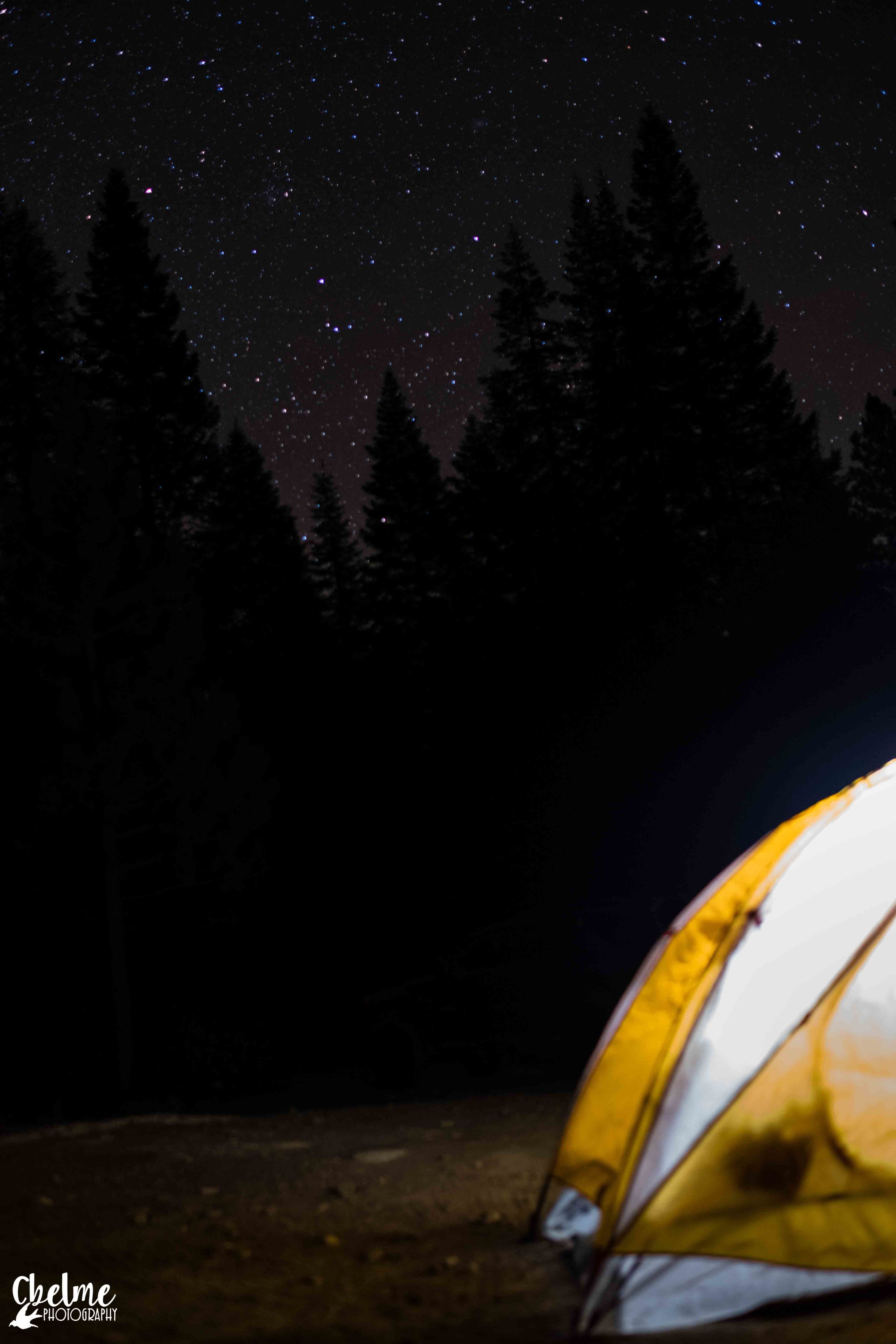
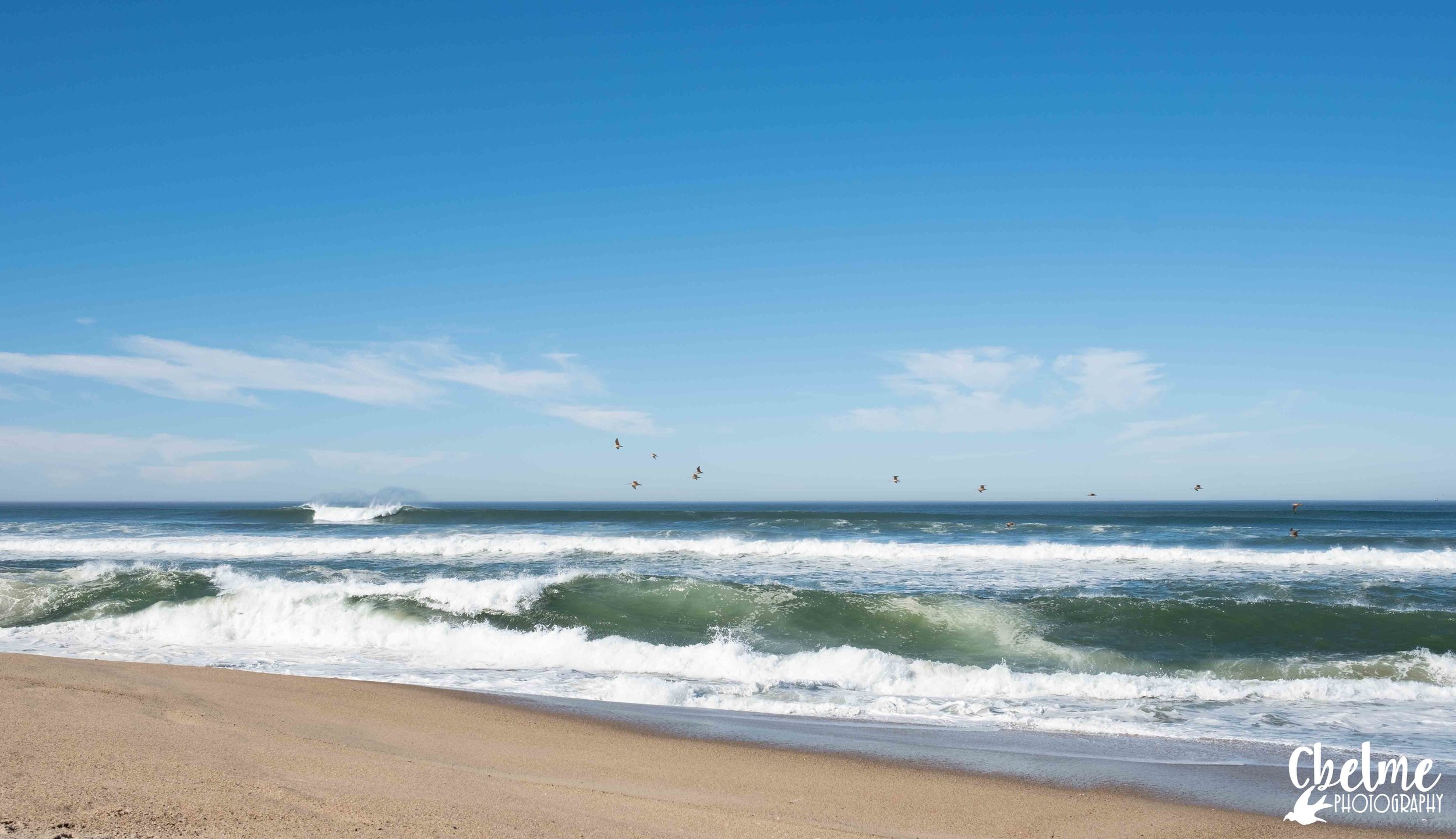
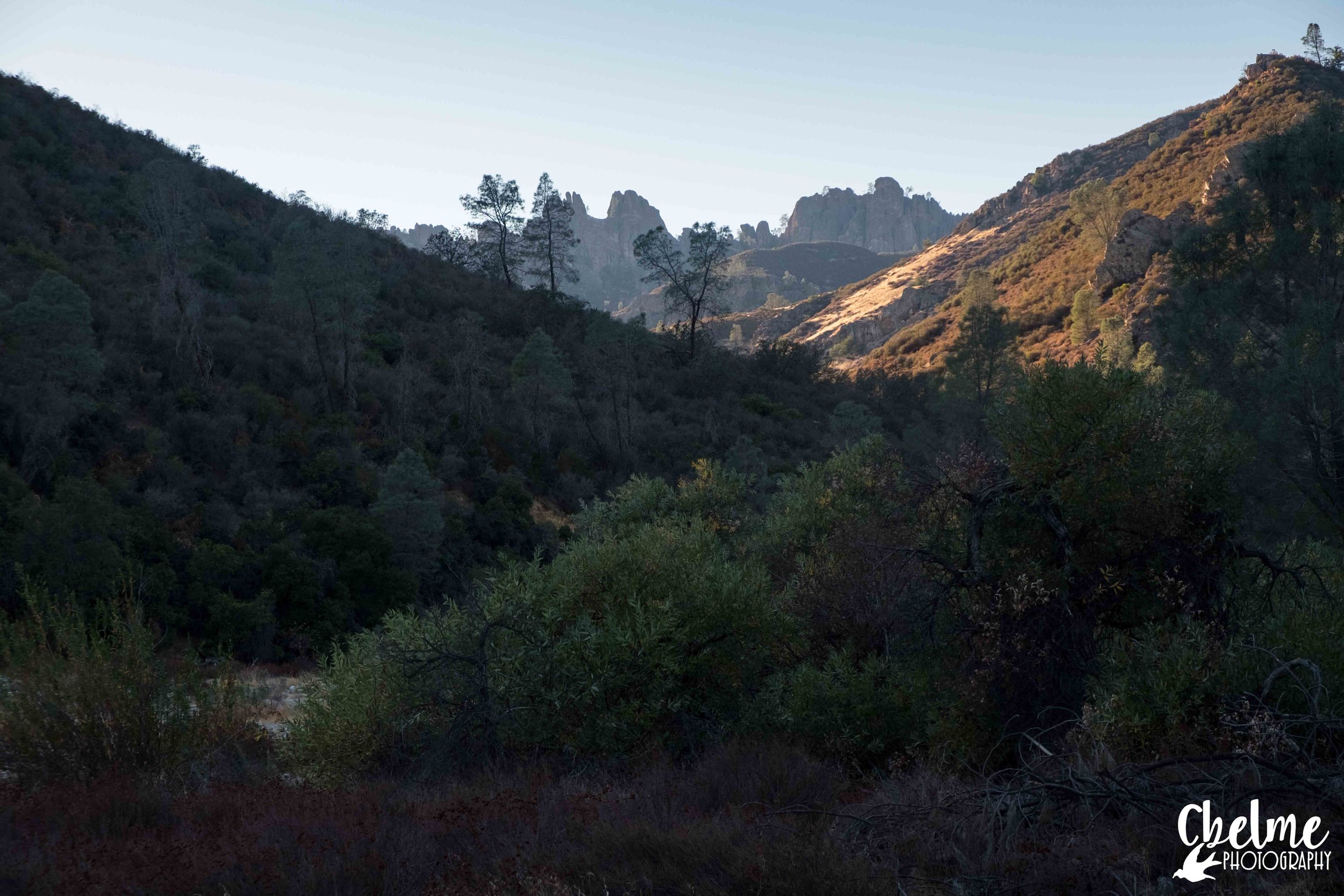
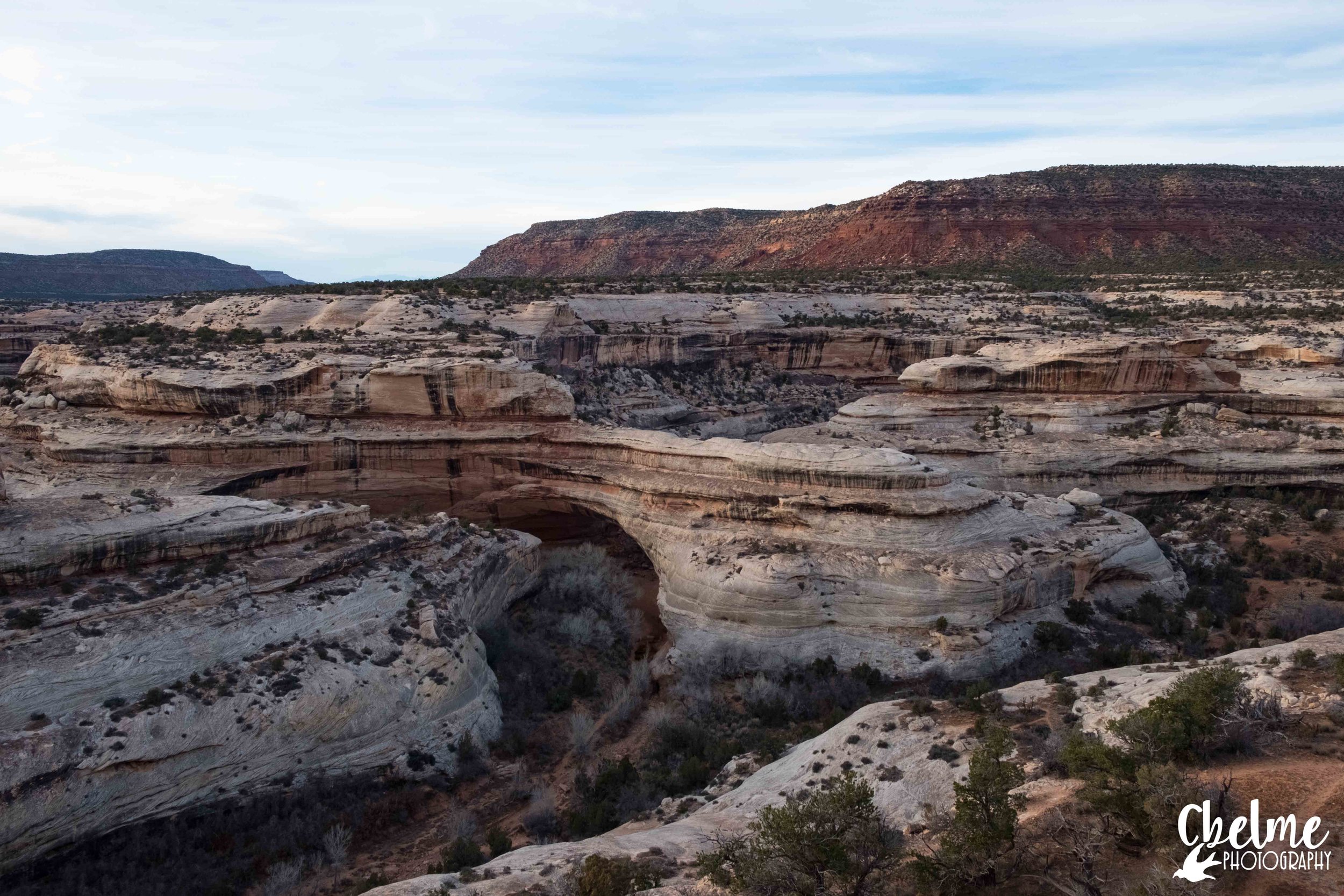
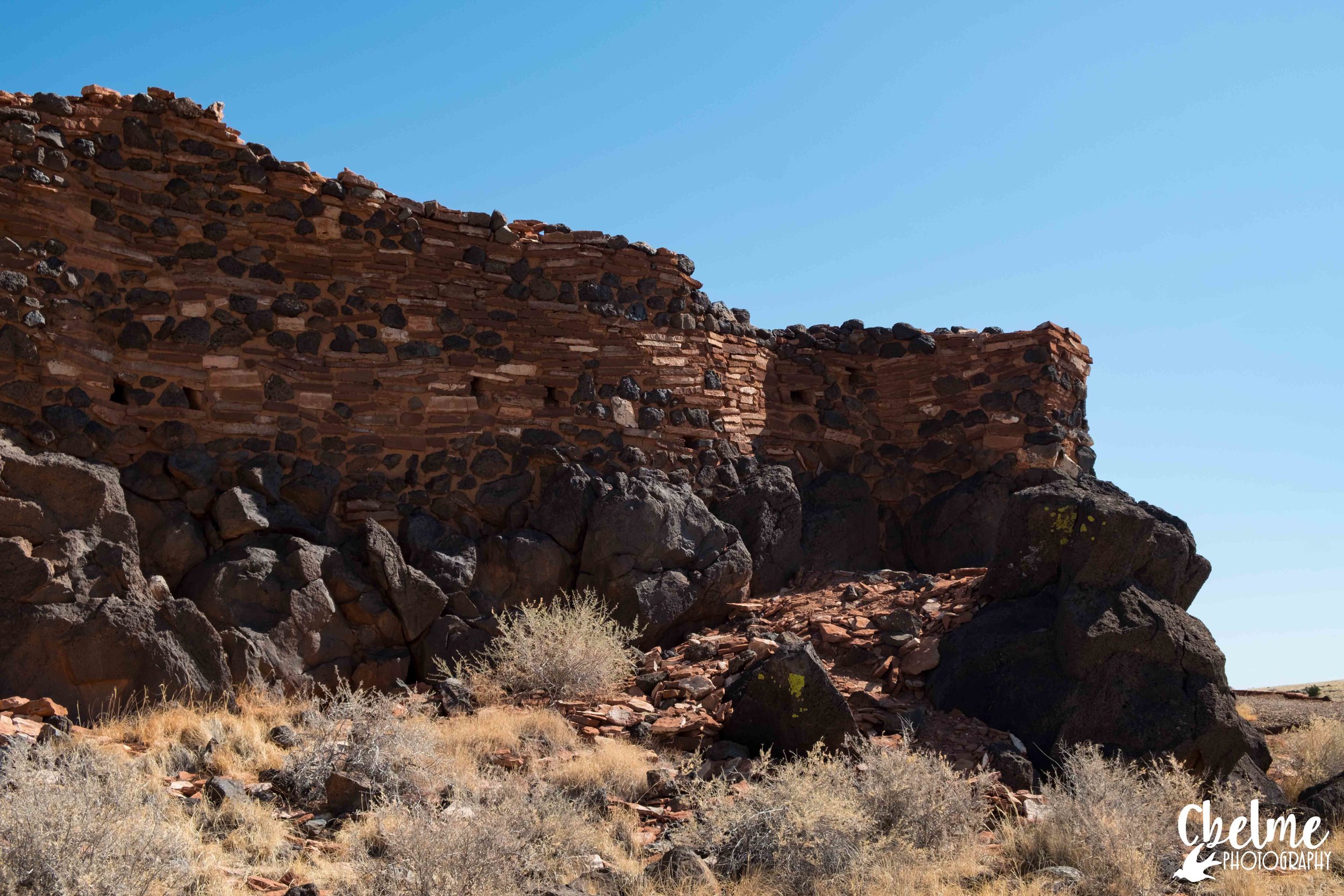
After the southwest, I traveled up the Pacific coast to meet up with some folks in Olympic National Park. They’re a young couple living full time in an RV in the city, working in the city, and getting out of town every weekend they can to go camping. They even had an RV cat that they put on a leash and let wander around the campsite! How funny is that! Oh my gosh though – Olympic National Park is gorgeous. The lush rainforest (I didn’t realize we had a rainforest in the US until I visited up there), the rivers, the lakes, the mountains, and the seashore – all amazing. We only spent two nights together, so I definitely am due back for further exploration – but one night we camped in the Hoh Rainforest and the other at Kalaloch Beach campground. The Hoh is filled with towering trees, greens of every shade blanket the landscape, and the Hoh River cuts right through it. I hear it’s a great spot to fly fish, and that if you’re there at the right time of year you can see and hear the Roosevelt Elk bugling to each other. Over at the beach was also nice, however completely different. There’s a big cliff with a few trails leading down to a beach that seems to go on forever along the coast, and the tide goes out pretty far so it is wide too. The friends I met in Olympic used to be campsite hosts at the Hoh Campground, and currently are ambassadors for a trail clean up program. They have such a deep connection to the park after living there for a season and looking after the rainforest. Told you I’ve been meeting and collecting stories from the most interesting people!
Navajo Nation, Arizona
“Our country has so much to offer, so many beautiful places, so many hidden gems.”
It’s been about a year, and I can promise you I am nowhere near done with this project. Our country has so much to offer, so many beautiful places, so many hidden gems. It’s almost a catch-22: the less human traffic in these places the more wild, serene, and awe-striking they tend to be, however, that also means the less people who have an understanding of the land and why it needs to be protected – which often leads to lands being leased, sold, developed, mined, fracked, etc. and the majority of our country being none-the-wiser. I am working at a conservation district in eastern Washington for now, learning and doing all I can to restore the land. I’ll be continuing my #standforpublicland project as a weekend warrior, visiting and learning all about new places to share with others, sharing stories of those I meet out enjoying the great outdoors, and helping to spread responsible practices for interacting with Mother Nature. To celebrate National Public Lands day (September 22, 2018) I’ll be hiking through Palouse Falls State Park and some other areas in the Palouse region, getting to know my new home better and see all of its beauty! I hope to hear you’re out doing whatever it is you love to do most in the outdoors! Just please always remember to practice leave no trace ethics, welcome others into the outdoors, and leave each place better than you found it. I’d love for you to join my quest for public lands conservation, and please feel free to get in touch so I can share your stories to help inspire others!
Snake River, Idaho
Follow the Story
Instagram: @vanforpublicland
Facebook: facebook.com/vanforpublicland
Website: www.vanforpublicland.com
A note from CTU:
Learn more about National Public Lands Day here.
See who else is celebrating and find an event near you!
The fourth Saturday of each September marks National Public Lands Day. This September 22, 2018 we are reminded what makes our public lands great and because of that, all National Parks are free on that day. We want to thank Catherine for sharing her story and perspective on public lands and invite you to celebrate these beautiful places. Currently, we are trying to urge Congress to permanently reauthorize the Land and Water Conservation Fund which has been key in establishing, conserving, and protecting some of your favorite places in Colorado such as the Great Sand Dunes National Park, Mesa Verde, and Black Canyon of the Gunnison. The fund is expiring soon, but you can speak up!



